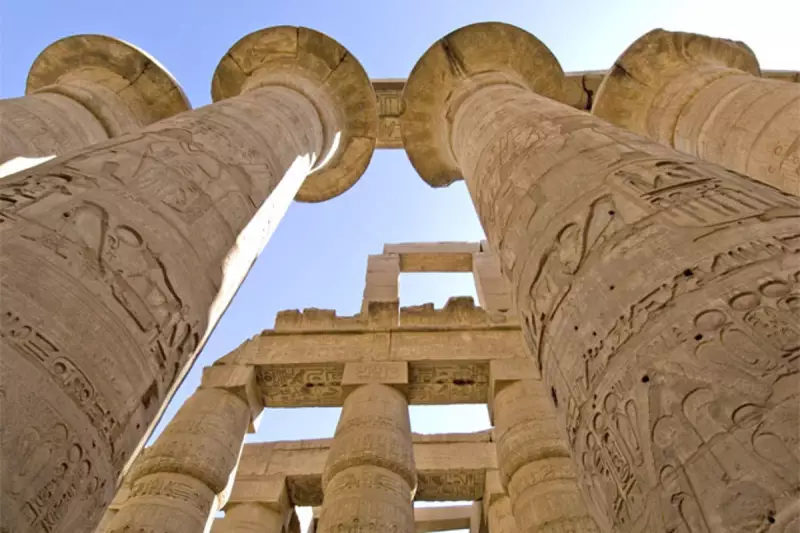
In a revelation that has sent shockwaves through the archaeological community, researchers have uncovered extraordinary new findings at the legendary Karnak Temple Complex in Luxor, Egypt. The discoveries promise to transform our comprehension of ancient Egyptian religious life and architectural achievement.
Revolutionary Technology Uncovers Hidden History
Using cutting-edge geophysical survey techniques, an international team of archaeologists has detected multiple previously unknown structures buried beneath the sands surrounding the main temple complex. These sophisticated methods have allowed researchers to peer beneath the surface without disturbing the sacred ground, revealing what appears to be an entire network of buildings and chambers that have remained hidden for millennia.
A Temple Within a Temple
The most significant finding appears to be what experts are describing as a 'temple within a temple' - a smaller, earlier structure that likely predates the main complex by centuries. This discovery suggests the site's religious significance extends much further back in history than previously believed, potentially dating to the earliest dynasties of ancient Egypt.
What the New Structures Reveal
Early analysis indicates the newly detected buildings served multiple purposes:
- Administrative centres for managing temple affairs
- Workshops for creating religious artefacts and temple decorations
- Storage facilities for ritual objects and offerings
- Residential quarters for priests and temple workers
Rewriting Egyptian Religious History
Dr. Sarah Williamson, lead archaeologist on the project, expressed her excitement about the implications. 'This isn't just about finding new buildings - it's about understanding how the temple functioned as a living, breathing institution,' she explained. 'We're seeing the complete ecosystem that supported one of the ancient world's most important religious centres.'
The discovery challenges previous assumptions about how temple complexes operated and reveals a level of organisational sophistication that surprised even seasoned Egyptologists. The layout suggests a highly structured community with specialised zones for different activities, from sacred rituals to practical administration.
What Comes Next
The research team is now planning targeted excavations to verify the geophysical data and uncover physical evidence of the structures. This careful, methodical approach ensures that any digging will be conducted with maximum respect for the site's preservation and historical significance.
As work continues, the world watches with anticipation, knowing that each new discovery at Karnak brings us closer to understanding the magnificent civilisation that created these enduring monuments to faith and power.





